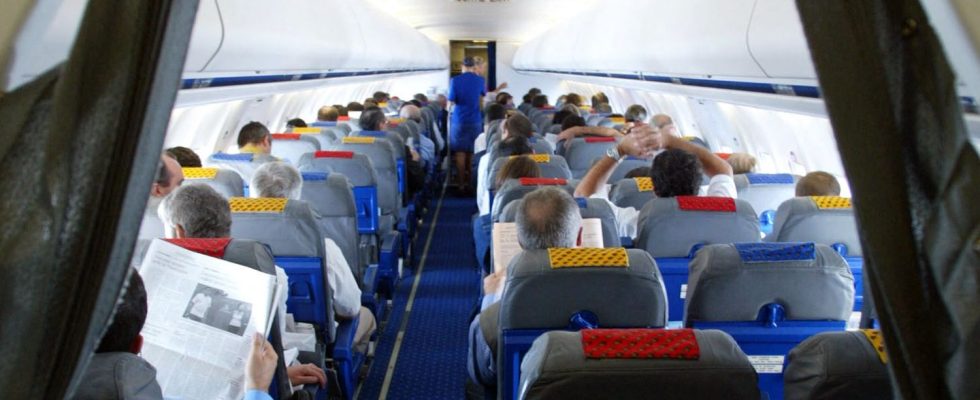According to a British study, global warming increases the number and duration of turbulence in aircraft.
Article written by
Posted
Reading time : 1 min.

It was researchers at the University of Reading in the United Kingdom who established this link from atmospheric data. They identified the turbulence that occurred in “clear air”, that is to say when there is neither storm nor clouds. Result: they have increased by 50% in 40 years. This is particularly the case over the Atlantic Ocean, a very busy air zone, where we have gone from 17 hours of strong annual turbulence in 1979 to 27 hours in 2020.
And it will continue to increase, according to British researchers. Today when we do Paris-New York for example, we experience an average of ten minutes of turbulence. In a few decades, around 2050, it will be more like 20 to 30 minutes.
Global warming is in question because, as we know, turbulence occurs when two air currents of different speeds, heat and directions meet. This is called wind shear. It creates what it feels like to be on the plane like an air pocket. We now know that the warmer the air, the more this wind shear increases.
This is not the only interference of climate change with aviation: these same researchers have also proven that the air temperature on the ground can prevent planes from taking off. It even happened in 2017 at Phoenix airport in the United States, where the blazing sun was 48°C. This is the maximum operating temperature for larger aircraft.
No more dangerous to fly
Rest assured all the same: the devices are designed to withstand turbulence, even the most severe. What is a little less resilient to turbulence, however, is the portfolio of airlines. Also according to this study, turbulence costs the industry between 150 and 500 million dollars a year in the United States alone. Paradox when we know that the plane is one of the aggravating factors of global warming, by its CO2 emissions and its contrails left during their passages in the sky.
